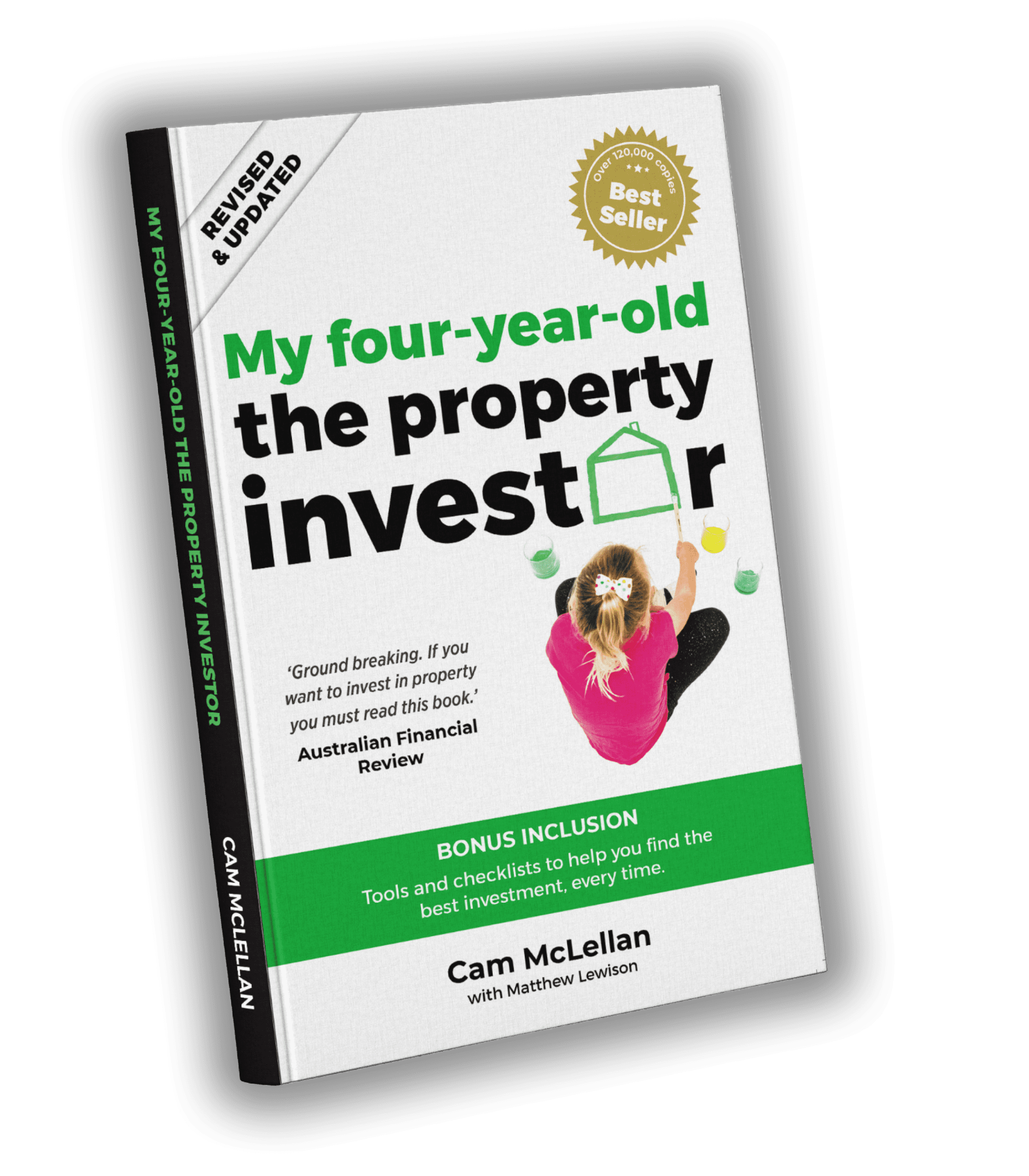By Cam McLellan
Superannuation is real money!
A few years ago Felicity and I were so disillusioned with institutional superannuation funds that I went out and set up our own Self-Managed Super Fund (SMSF).
I was sick of poor returns, fess, more fees, hidden fees and poor investment returns. I had no control or clarity on how the fund manager was going to improve my superannuation nest egg so I went and found out how to DIY.
Every investment option has risk but I felt my super would be much better managed in my control. Rather than in some strangers hands that didn’t really care for my future. Here is some information I put together on SMSF’s to help people make an informed decision if a SMSF is right for them.
Superannuation fund members are voting with their feet and setting up self-managed superannuation funds in greater numbers.
In 1994, there were about 80,000 SMSFs in Australia, with about $11 billion in assets, in June 2014 the Australian Tax Office data shows there were 534,176 SMSFs with 1,011,686 members.
The remarkable growth of SMSFs shows no sign of slowing. Over 600 new SMSF’s are created each week. Australians are now pouring $26.5 billion into SMSFs every year – that’s just over $500 million into SMSFs every week.
Many people have come to run SMSFs as a natural outcome of their relationship with a trusted accountant.
What is a Self-Managed Superannuation Fund (SMSF)?
Imagine your SMSF as a bank account that you ultimately control. If you don’t have a SMSF that bank account is now controlled by one of the institutional funds. They now make investment decisions on your behalf.
A SMSF means that you take control of that bank account and invest in assets you choose.
A SMSF is a small superannuation fund established for 1-4 people with the fund being controlled by trustees/directors who are also the members. Control is kept in the hands of the members, and it is the members that decide what investments the fund will invest in.
What are the advantages of an SMSF?
Some of the advantages of a SMSF include:
| Control | A SMSF provides maximum control over your superannuation and allows you the flexibility to decide how your funds are invested. |
| Avoiding larger organisations performance problems | When super fund investment returns are poor over an extended period, many people decide they can run their own fund and achieve returns that will either be much better or just as good as larger organisations. Poor investment returns, unsatisfactory service delivery, high fees and hidden charges, inaccurate record keeping and a range of other issues have caused reputational damage that has left investors disillusioned in the large funds’ performance capabilities. |
| Solving transactional problems throughout a financial year | Large super funds must record and reconcile all transactions daily. SMSFs don’t have this requirement, giving them a level of flexibility that large funds will never match. |
| Investment Choice | The fund can invest in a wide range of investments including property, property developments, shares, cash or any other assets that suits your objectives of the fund. The funds sole purpose must be to provide benefits to members upon retirement, or to their dependants in the case of a member’s death before retirement. |
| Reduced Tax rates | Investing in an SMSF has tax advantages that make superannuation a powerful wealth creation strategy. The concessional 15% tax rate applies to income of the fund. |
| Capital Gains Tax reductions | Realised capital gains on investments held for more than 12 months are taxed at an effective rate of 10% |
| Estate planning | SMSFs typically provide a better estate planning vehicle than large super funds. Good examples include the ability to provide pensions for minors and quicker turnaround in benefit payments. |
I have heard the set up and administering a SMSF can get expensive. How do the cost compare to fees and charges from the institutional funds?
The Age recently published a comparison which stated that the average fees (including management fees, hidden fees and charges) for super funds was just over $2300 per year for the average Australian. This is above the cost I spent last year on audit and accounting for my SMSF.
How long does it take to set up an SMSF?
Once your signed application is received, it generally takes around 3-5 days to establish a new fund.
There are 5 steps for your accountant to complete (with your input and direction when required) and 1 step for you to complete on your own.
Your accountant will educate and guide you on each step.
| Steps | Who? | What’s this? |
| 1 .Obtain a Trust deed | Accountant | Set up of a company and trust. Once established your accountant will provide you with the trust Deed. The trust deed is a one page certificate containing relevant trust details. |
| 2. Appoint a trustee | Accountant / you | You will appoint a trustee or trustees to the fund. The trustee is the person that controls the trust. The trustee must also be a member of the fund. The trustee is the person that controls the trust. The trustee can be either an individual or a trustee company; all members are required to be either a trustee or directors of the trustee company. Your accountant can discuss further details on trusts and trustees responsibilities if required. |
| 3. Elect to become a regulated fund | Accountant | Elect that the trust becomes a regulated SMSF. |
| 4. Obtain tax registrations from ATO | Accountant | Obtain the necessary taxation registrations from the Australian Tax Office |
| 5. Establish an investment strategy for the fund | Accountant / you | This is a written plan for the fund. It is not a decision in relation to particular assets but the overall strategy of what the fund intends to achieve. Your accountant will ask you this when you are establishing a fund and could be as simple as, to invest in property or to invest in blue chip stocks. |
| 6. Set up bank account for the Superfund | You | Once you have your trust deed you simply take this to the bank and ask to set up a bank account in the name of the new Superfund. |
How do I transfer my other superannuation benefits to my SMSF?
Contact your existing Superannuation Fund and request the forms to rollover your superannuation balance to your SMSF.
For investment options please contact us by clicking HERE.








